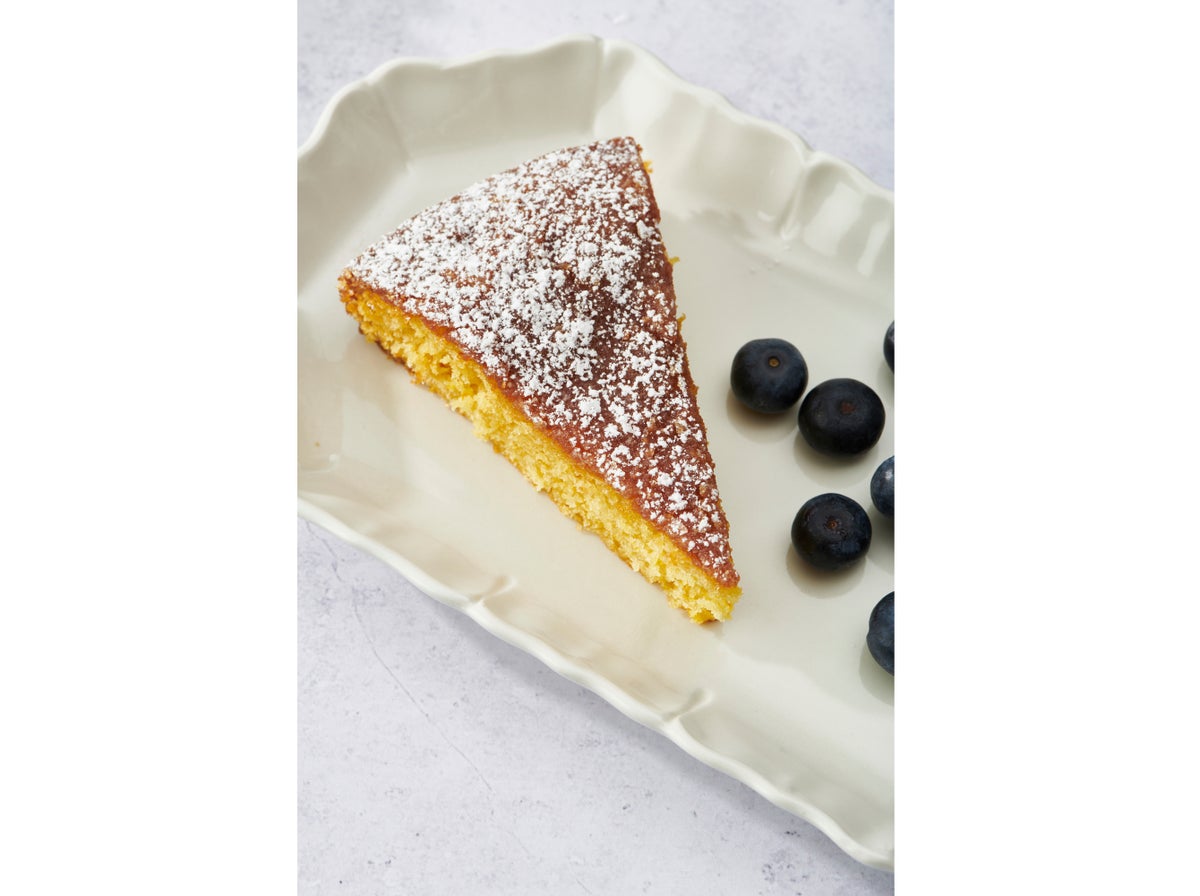
Citrus fruits are a staple in my house 365 days a year, but I appreciate these fruits the most during the colder months.
Other fruits are in scarcer supply in the winter, which is the peak season for citrus. Plus, when most of our cooking tends to include heavier foods with deeper flavors, that’s when I think citrus has the chance to shine best. A wonderful foil to richer ingredients.
Citrus is a genus of flowering trees and shrubs that includes lemons, limes, oranges and grapefruits. There are dozens of varieties of each type. Citrus fruits are all grown in warm climates, and the U.S. gets most of its oranges and grapefruits from Florida, lemons from California, and limes from Mexico.
Citrus fruits are often both sweet and sour because of the inherent natural combination of sugar and citric acid. They can add subtle or powerful flavor to countless savory and sweet dishes. You can include citrus in beverages, vinaigrettes, dips, marinades, meats, salads, seafood, pastas, vegetables, and desserts and baked goods of all kinds.
A little gives dishes a lift — think a sprinkle of zest over chicken marsala. A lot makes it the star of the show — hello, lemon bars!
The zest and the juice are the two main ways to incorporate citrus into your cooking. The zest is the brightly colored outer skin of the fruit. Zest adds a flavor note that can really only be described as citrusy! The zest isn’t really acidic, though it can hold a hint of pleasant bitterness.
The juice is acidic, to varying degrees. And a bit of acid is what makes most dishes sing, and taste “balanced.” Acidity makes rich foods sparkle a bit, and adds brightness in general. A squeeze of juice over a fish fillet or grilled vegetables can make the dish.
CITRUS TIPS
All citrus should be firm and bright in color. It is wise to always wash and dry the fruits before using to remove the waxy outer layer often sprayed on to preserve them through shipping. This is most important if using the peel in any recipes.
If you are cooking with citrus zest, leave the fruit whole and use a vegetable peeler, microplane or extra-fine grater. Just make sure to zest only the colored part of the skin as the white “pith” beneath tends to be bitter.
If the recipe calls for citrus juice, cut the fruit in half across the widest middle point. Then use a reamer, juicer or juice-extracting tool to squeeze the juice out. Don’t have one of those tools? Good old-fashioned hand squeezing works – stick a fork into the fruit and turn and squeeze to extract the most juice! Whatever way you go, make sure to strain for any pits that escape.
To get the most juice from citrus fruit, a little kitchen hack is to gently but firmly roll the fruit back and forth with the palm of your hand along its widest part. This “tenderizes” it and makes it easier for juice to be extracted.
The best way to get the longest life out of your citrus fruits is to store them in the crisper or vegetable drawer of your refrigerator. They can last approximately three weeks. Oranges and grapefruits should be stored similarly but have a shorter life, usually about two weeks in the fridge.
RECIPE
Here is a two-ingredient recipe for Brussels sprouts that showcases the appeal and versatility of lemon. You don’t even have to juice or zest the citrus; just give the little roasted wedges a squeeze.
LEMONY ROASTED BRUSSELS SPROUTS
Servings: 6
2 lemons
2 pounds Brussels sprouts, trimmed and halved
2 tablespoons olive oil
Kosher salt and freshly ground pepper to taste
Preheat the oven to 400° F. Spray a rimmed baking sheet with nonstick spray.
Cut each lemon in half crosswise, then cut each half into 6 little wedges (or 4 or 8; it doesn’t matter so much). Place the Brussels sprouts on the baking sheet, drizzle over the olive oil, sprinkle with salt and pepper, and add the lemon wedges. Use your hands or a spoon to toss to combine so that everything is well coated with the oil. Spread the Brussels sprouts and lemon pieces out on the baking sheet in a single layer.
Roast for 30 to 35 minutes until the Brussels sprouts are fairly tender and browned in spots. Toss halfway through and spread back out on the baking sheet, if you remember to.
Carefully pick up some of the roasted lemon wedges, about half, and give them a squeeze over the Brussels sprouts. Transfer everything to a bowl, including the pieces of lemon that haven’t been squeezed, and serve. The remaining lemon wedges they will add color and flavor to the Brussels sprouts, and diners can squeeze out a bit more juice if they like.
—-
More recipes that use citrus:
Lemon Rosemary Chicken Thighs
Orange Cake
Citrus Basil Shrimp Kebabs
Arugula, Orange and Pomegranate Salad
Roasted Chicken with Orange Honey Mustard Glaze
Ginger, Mint and Lime Marinade
—-
Katie Workman writes regularly about food for The Associated Press. She has written two cookbooks focused on family-friendly cooking, “Dinner Solved!” and “The Mom 100 Cookbook.” She blogs at http://www.themom100.com/about-katie-workman. She can be reached at Katie@themom100.com.







